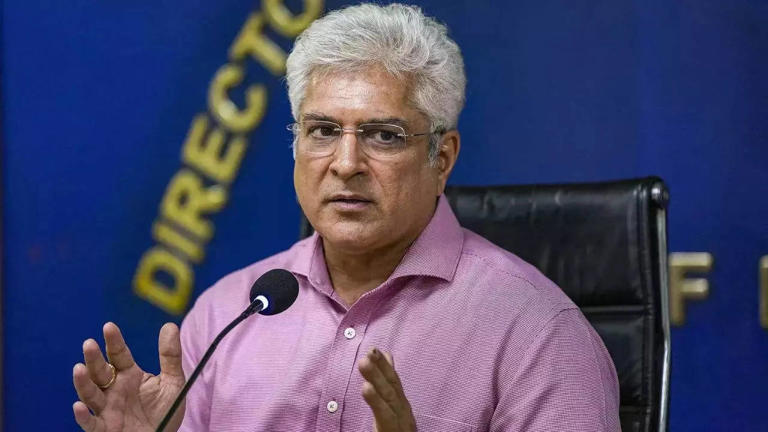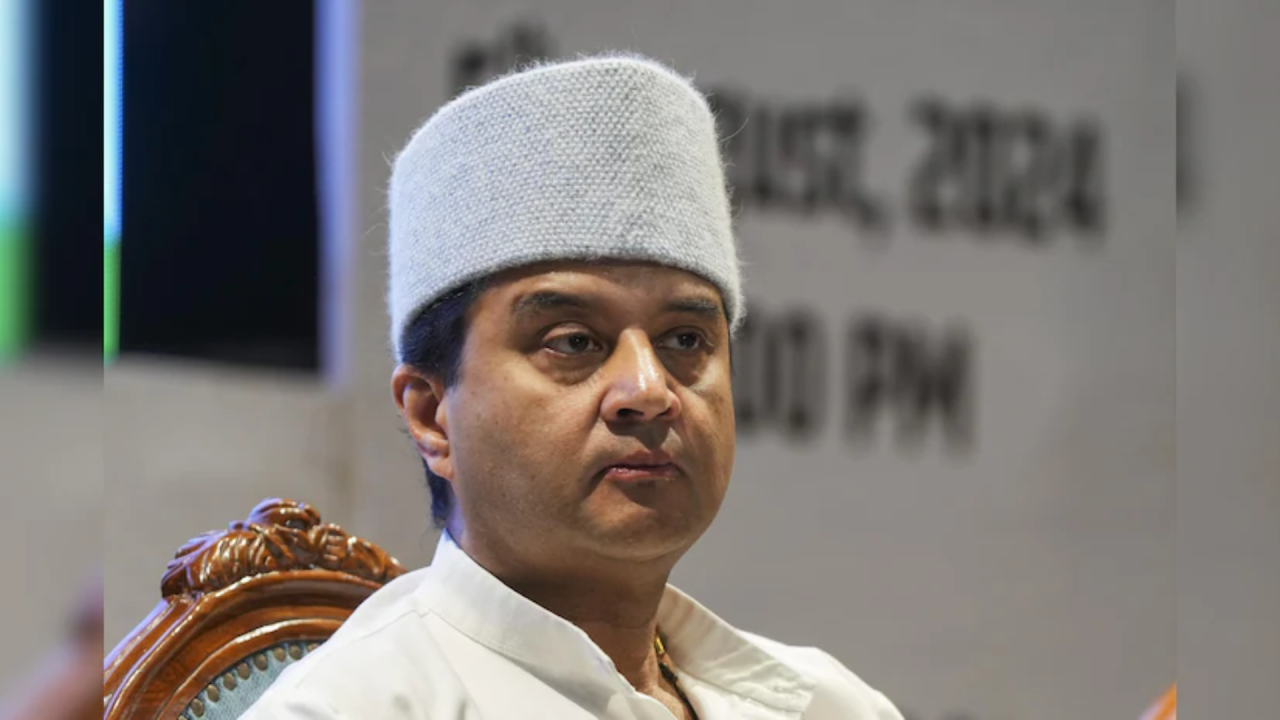Home / space / New Theory Suggests Universe Rotates Every 500 Billion Years, Offering Fresh Solution to Long-Standing Hubble Tension Mystery in Cosmology
New Theory Suggests Universe Rotates Every 500 Billion Years, Offering Fresh Solution to Long-Standing Hubble Tension Mystery in Cosmology
By: My India Times
6 minutes read 88Updated At: 2025-04-19

For nearly a century, scientists have marveled at the discovery that the universe is expanding. This revelation, introduced by astronomer Edwin Hubble in 1929, transformed our understanding of the cosmos and laid the groundwork for modern cosmology. At the heart of this concept is the Hubble constant — a numerical value that describes the universe’s rate of expansion. However, as astronomical tools and techniques have advanced, so too have the inconsistencies in determining this value, creating what scientists now call the “Hubble tension.”
Now, in a bold and intriguing turn, a team of researchers has proposed a radical yet elegant solution to this cosmological conundrum. Their new mathematical model suggests that the universe itself may be rotating — slowly, almost imperceptibly, completing one full revolution approximately every 500 billion years. While this concept may seem outlandish at first, the study’s findings indicate that such a cosmic spin could effectively reconcile the conflicting measurements of the Hubble constant.
This groundbreaking research, published in March 2025 in the journal Monthly Notices of the Royal Astronomical Society, offers a fresh lens through which to examine some of the universe’s deepest mysteries. The study’s co-author, István Szapudi, an astronomer at the University of Hawai‘i's Institute for Astronomy, believes the implications could be profound. “The standard cosmological model, while powerful, contains some subtle wrinkles,” Szapudi noted in an email to Live Science. “A slow rotation of the universe could help iron out those wrinkles, especially the tension we see in Hubble constant measurements.”
The Expanding Universe and the Birth of a Problem
To understand the significance of this new model, one must first revisit the original dilemma. Edwin Hubble’s observation that galaxies are moving away from each other implied that the universe is expanding — a key pillar of the Big Bang theory. This expansion is quantified by the Hubble constant, a number that describes how quickly galaxies recede from one another.
Over the decades, scientists have developed two main techniques for measuring this rate. One involves observing distant supernovas — cataclysmic explosions that mark the death of massive stars — and calculating how rapidly they are moving away. The other method studies the cosmic microwave background (CMB), a faint afterglow of radiation from just 380,000 years after the Big Bang, which offers a glimpse into the early universe.
The issue arises when comparing the results from these two techniques. Supernova measurements suggest a faster rate of expansion than those inferred from the CMB. This roughly 10% discrepancy has puzzled cosmologists for years, raising questions about whether our standard model of cosmology is missing a crucial piece.
The Cosmic Spin: Revisiting a Long-Forgotten Idea
Interestingly, the notion of a rotating universe is not entirely new. In 1949, the renowned mathematician Kurt Gödel introduced a theoretical model of the universe that incorporated rotation. Gödel's rotating universe was a solution to Einstein’s equations of general relativity, though it was largely set aside as a curiosity due to its strange implications — including the possibility of time loops.
The idea found occasional attention over the years, including from legendary physicist Stephen Hawking. Still, it was never fully embraced, in part because there was no direct observational evidence for cosmic rotation, and the standard model of cosmology — the Lambda Cold Dark Matter (ΛCDM) model — worked well enough without it.
What Szapudi and his team have done is revisit this concept not as an eccentric alternative, but as a viable correction to the standard model that could fix the growing tension in Hubble constant measurements. According to their model, a universe that rotates once every half-trillion years would exhibit just enough motion to influence how we interpret its expansion — without creating contradictions with other observations.
A Universe That Spins Like Everything Else
One of the most compelling arguments made by the researchers is that rotation is a natural behavior observed in all celestial structures. From spinning planets and stars to swirling galaxies and rotating black holes, angular momentum appears to be a fundamental feature of the cosmos. Why, then, should the universe as a whole be the exception?
Incorporating a slow, overarching spin into the framework of cosmology brings a certain symmetry to our understanding of motion in the universe. “We were surprised to find that our model, which includes a slow cosmic rotation, resolved the paradox without conflicting with current astronomical data,” Szapudi said.
Their analysis suggests that such a rotational model would slightly alter the expected redshift — the change in light’s wavelength due to cosmic expansion — in a way that brings the supernova and CMB measurements of the Hubble constant into closer alignment.
A Radical Idea with Subtle Impact
It’s important to stress that this proposed rotation isn’t something we could easily detect with the naked eye or even conventional telescopes. A full revolution every 500 billion years is extraordinarily slow — far beyond human timescales. But the mathematics behind the model indicates that even this minute spin could have far-reaching effects on how light from distant objects reaches us, thereby impacting our measurements of cosmic expansion.
The researchers built their model to ensure it would not conflict with existing data from cosmic observations, including the CMB and galaxy distributions. So far, it holds up. That said, this idea remains theoretical, and further studies and simulations will be required to test its validity.
Implications and the Road Ahead
If confirmed, a rotating universe would not only resolve the Hubble tension but could also open new avenues in cosmology and theoretical physics. It would challenge long-held assumptions and perhaps even lead to refinements in our understanding of gravity, space-time, and the evolution of cosmic structures.
However, it’s also a reminder that our understanding of the universe is still in its infancy. Each discovery — whether observational or theoretical — reveals new layers of complexity in the cosmic tapestry. Models like this one highlight the necessity of remaining open to unconventional ideas, especially when they offer elegant solutions to persistent problems.
As telescopes become more powerful and data collection grows more precise, scientists will have more tools to probe the validity of such theories. Whether or not the universe truly spins may remain an open question for some time, but the very act of questioning — and daring to explore new possibilities — is what drives science forward.
In the end, the idea that our universe slowly pirouettes through the cosmos, almost like a vast celestial dance, adds a poetic twist to the scientific endeavor. And perhaps, within that slow spin, lies the key to unlocking one of modern cosmology’s most enduring mysteries.
....For nearly a century, scientists have marveled at the discovery that the universe is expanding. This revelation, introduced by astronomer Edwin Hubble in 1929, transformed our understanding of the cosmos and laid the groundwork for modern cosmology. At the heart of this concept is the Hubble constant — a numerical value that describes the universe’s rate of expansion. However, as astronomical tools and techniques have advanced, so too have the inconsistencies in determining this value, creating what scientists now call the “Hubble tension.”
Now, in a bold and intriguing turn, a team of researchers has proposed a radical yet elegant solution to this cosmological conundrum. Their new mathematical model suggests that the universe itself may be rotating — slowly, almost imperceptibly, completing one full revolution approximately every 500 billion years. While this concept may seem outlandish at first, the study’s findings indicate that such a cosmic spin could effectively reconcile the conflicting measurements of the Hubble constant.
This groundbreaking research, published in March 2025 in the journal Monthly Notices of the Royal Astronomical Society, offers a fresh lens through which to examine some of the universe’s deepest mysteries. The study’s co-author, István Szapudi, an astronomer at the University of Hawai‘i's Institute for Astronomy, believes the implications could be profound. “The standard cosmological model, while powerful, contains some subtle wrinkles,” Szapudi noted in an email to Live Science. “A slow rotation of the universe could help iron out those wrinkles, especially the tension we see in Hubble constant measurements.”
The Expanding Universe and the Birth of a Problem
To understand the significance of this new model, one must first revisit the original dilemma. Edwin Hubble’s observation that galaxies are moving away from each other implied that the universe is expanding — a key pillar of the Big Bang theory. This expansion is quantified by the Hubble constant, a number that describes how quickly galaxies recede from one another.
Over the decades, scientists have developed two main techniques for measuring this rate. One involves observing distant supernovas — cataclysmic explosions that mark the death of massive stars — and calculating how rapidly they are moving away. The other method studies the cosmic microwave background (CMB), a faint afterglow of radiation from just 380,000 years after the Big Bang, which offers a glimpse into the early universe.
The issue arises when comparing the results from these two techniques. Supernova measurements suggest a faster rate of expansion than those inferred from the CMB. This roughly 10% discrepancy has puzzled cosmologists for years, raising questions about whether our standard model of cosmology is missing a crucial piece.
The Cosmic Spin: Revisiting a Long-Forgotten Idea
Interestingly, the notion of a rotating universe is not entirely new. In 1949, the renowned mathematician Kurt Gödel introduced a theoretical model of the universe that incorporated rotation. Gödel's rotating universe was a solution to Einstein’s equations of general relativity, though it was largely set aside as a curiosity due to its strange implications — including the possibility of time loops.
The idea found occasional attention over the years, including from legendary physicist Stephen Hawking. Still, it was never fully embraced, in part because there was no direct observational evidence for cosmic rotation, and the standard model of cosmology — the Lambda Cold Dark Matter (ΛCDM) model — worked well enough without it.
What Szapudi and his team have done is revisit this concept not as an eccentric alternative, but as a viable correction to the standard model that could fix the growing tension in Hubble constant measurements. According to their model, a universe that rotates once every half-trillion years would exhibit just enough motion to influence how we interpret its expansion — without creating contradictions with other observations.
A Universe That Spins Like Everything Else
One of the most compelling arguments made by the researchers is that rotation is a natural behavior observed in all celestial structures. From spinning planets and stars to swirling galaxies and rotating black holes, angular momentum appears to be a fundamental feature of the cosmos. Why, then, should the universe as a whole be the exception?
Incorporating a slow, overarching spin into the framework of cosmology brings a certain symmetry to our understanding of motion in the universe. “We were surprised to find that our model, which includes a slow cosmic rotation, resolved the paradox without conflicting with current astronomical data,” Szapudi said.
Their analysis suggests that such a rotational model would slightly alter the expected redshift — the change in light’s wavelength due to cosmic expansion — in a way that brings the supernova and CMB measurements of the Hubble constant into closer alignment.
A Radical Idea with Subtle Impact
It’s important to stress that this proposed rotation isn’t something we could easily detect with the naked eye or even conventional telescopes. A full revolution every 500 billion years is extraordinarily slow — far beyond human timescales. But the mathematics behind the model indicates that even this minute spin could have far-reaching effects on how light from distant objects reaches us, thereby impacting our measurements of cosmic expansion.
The researchers built their model to ensure it would not conflict with existing data from cosmic observations, including the CMB and galaxy distributions. So far, it holds up. That said, this idea remains theoretical, and further studies and simulations will be required to test its validity.
Implications and the Road Ahead
If confirmed, a rotating universe would not only resolve the Hubble tension but could also open new avenues in cosmology and theoretical physics. It would challenge long-held assumptions and perhaps even lead to refinements in our understanding of gravity, space-time, and the evolution of cosmic structures.
However, it’s also a reminder that our understanding of the universe is still in its infancy. Each discovery — whether observational or theoretical — reveals new layers of complexity in the cosmic tapestry. Models like this one highlight the necessity of remaining open to unconventional ideas, especially when they offer elegant solutions to persistent problems.
As telescopes become more powerful and data collection grows more precise, scientists will have more tools to probe the validity of such theories. Whether or not the universe truly spins may remain an open question for some time, but the very act of questioning — and daring to explore new possibilities — is what drives science forward.
In the end, the idea that our universe slowly pirouettes through the cosmos, almost like a vast celestial dance, adds a poetic twist to the scientific endeavor. And perhaps, within that slow spin, lies the key to unlocking one of modern cosmology’s most enduring mysteries.
By: My India Times
Updated At: 2025-04-19
Tags: space News | My India Times News | Trending News | Travel News
Join our WhatsApp Channel



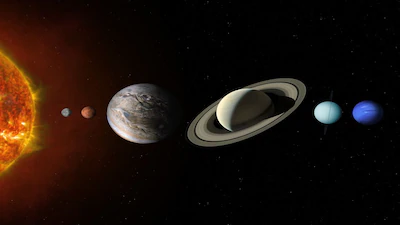
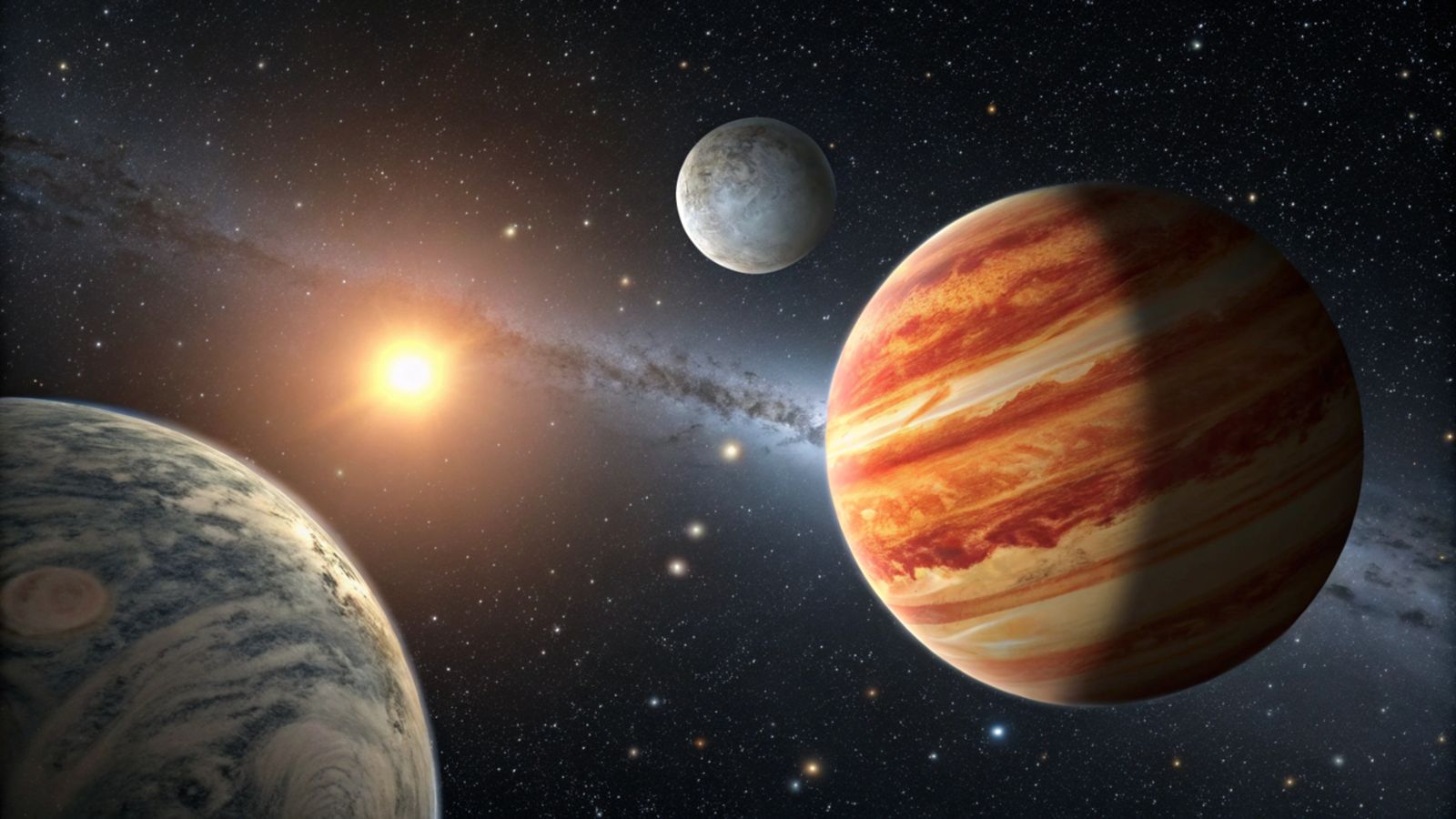
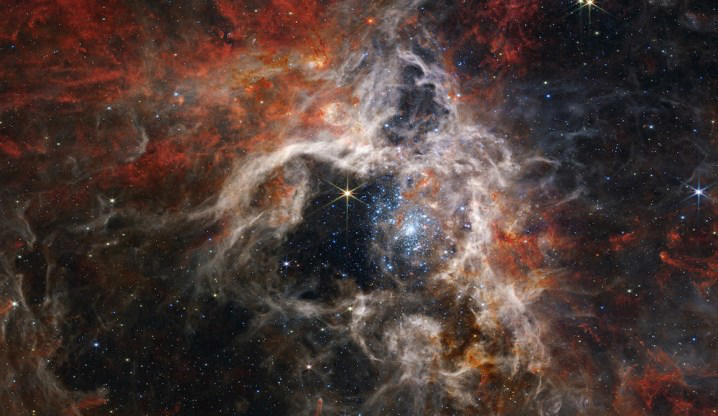
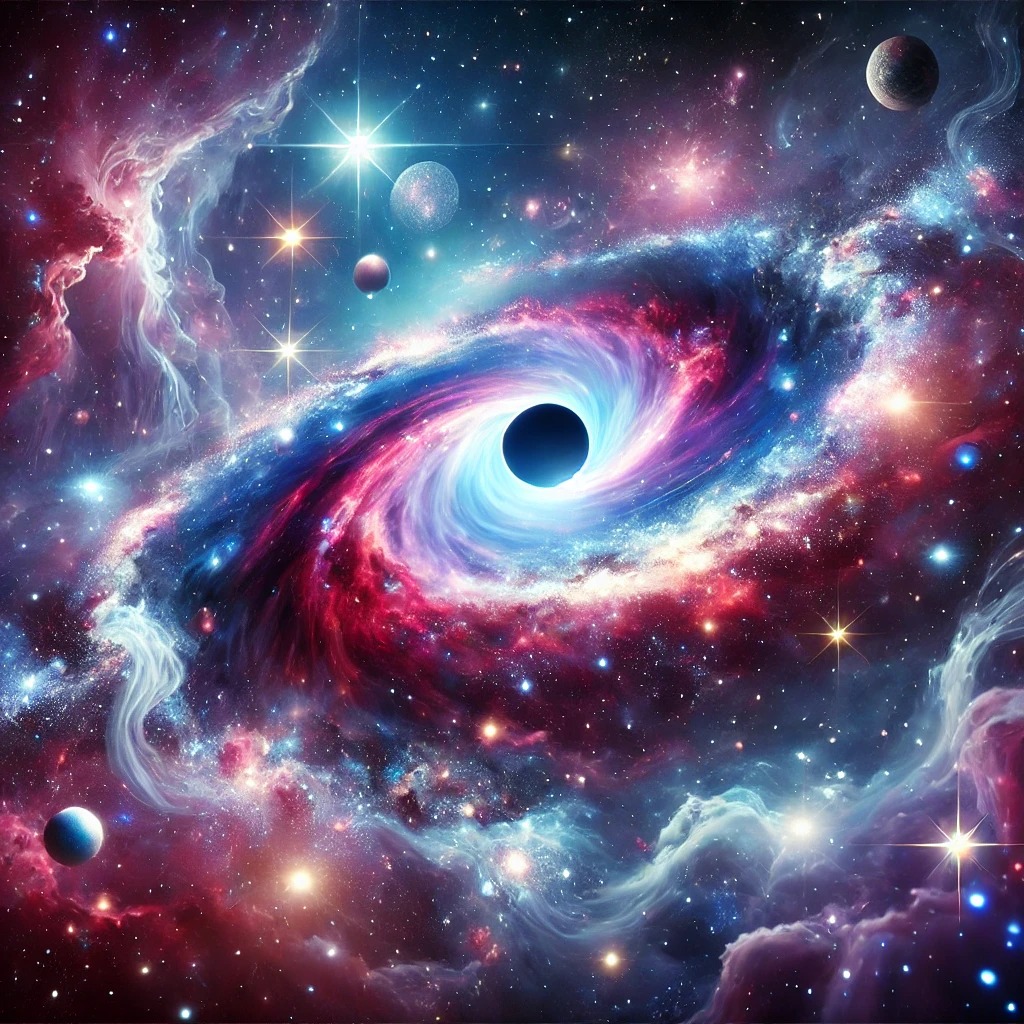
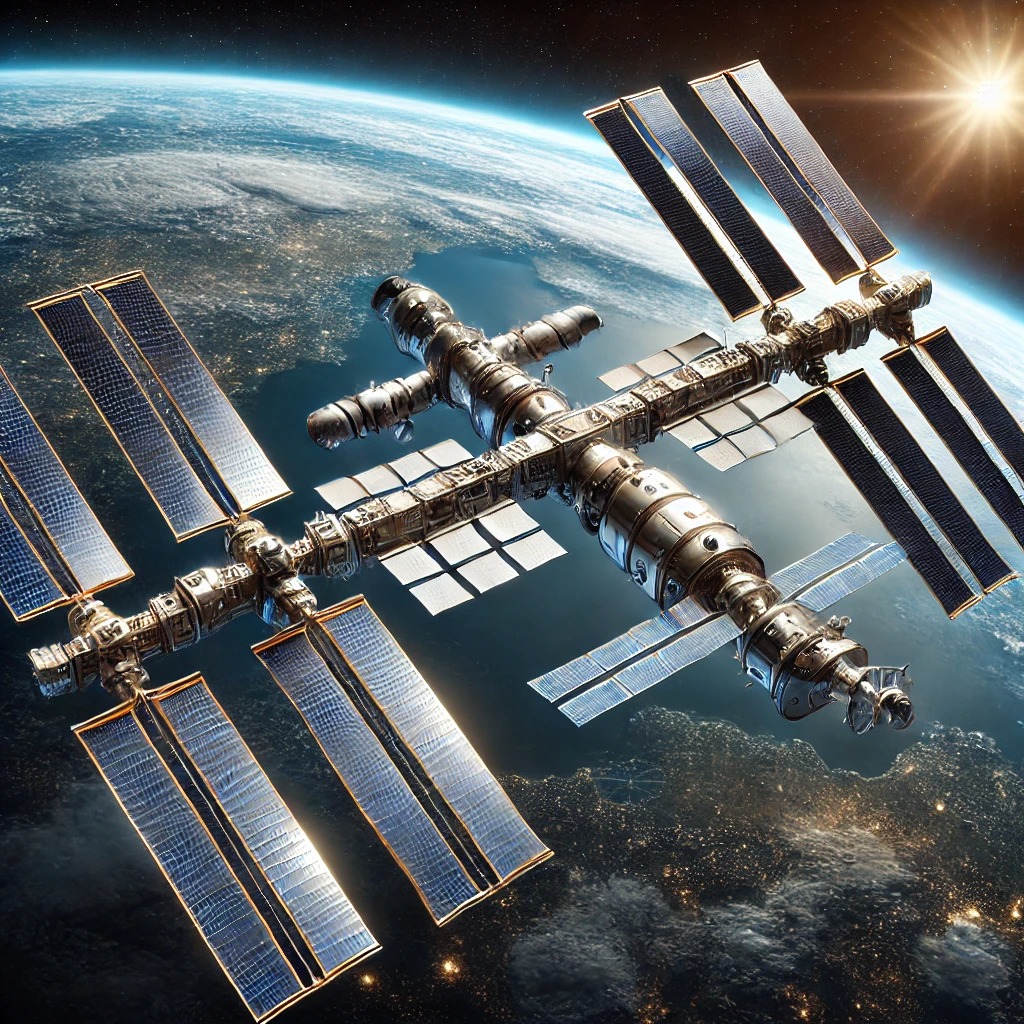

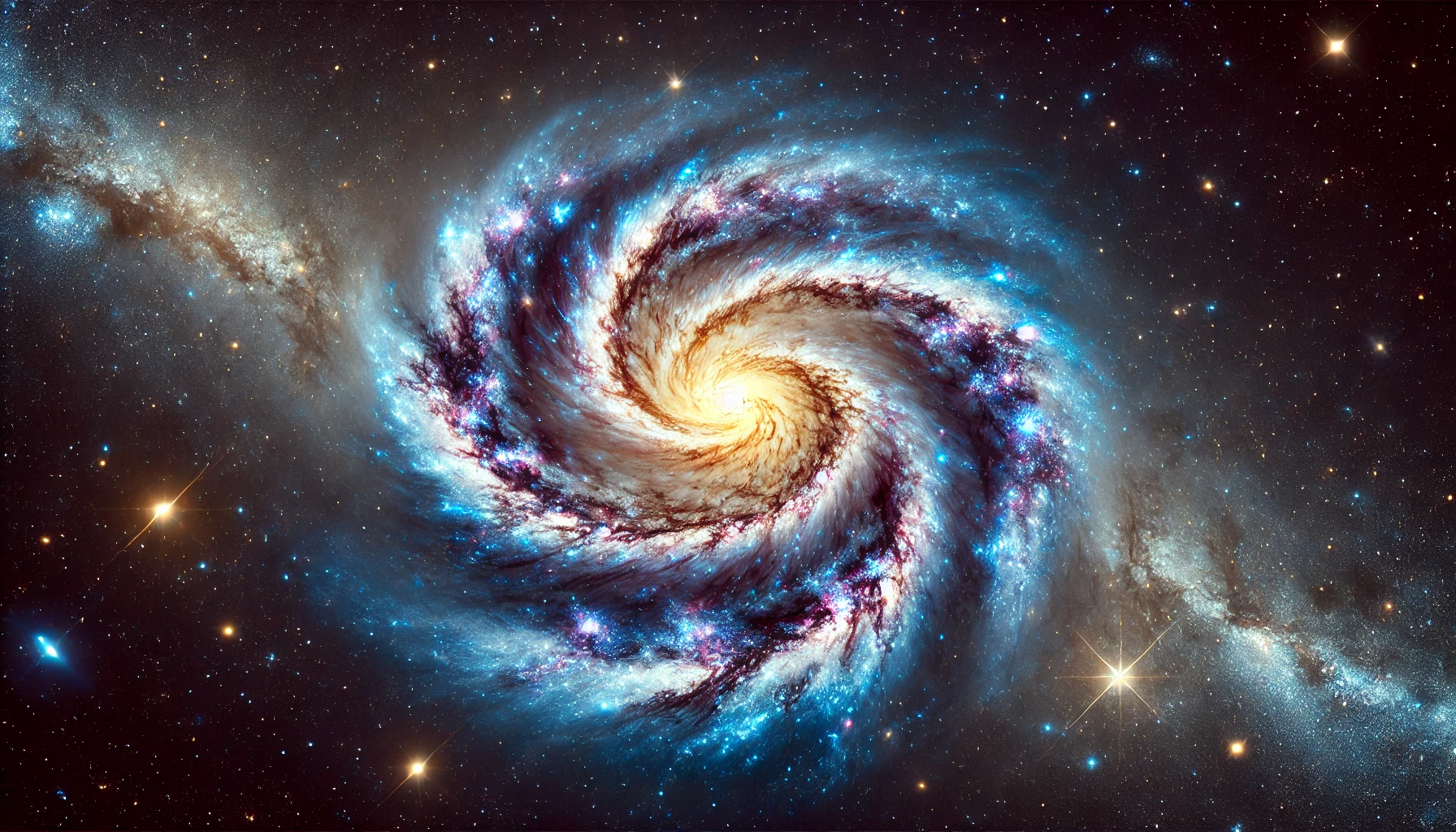
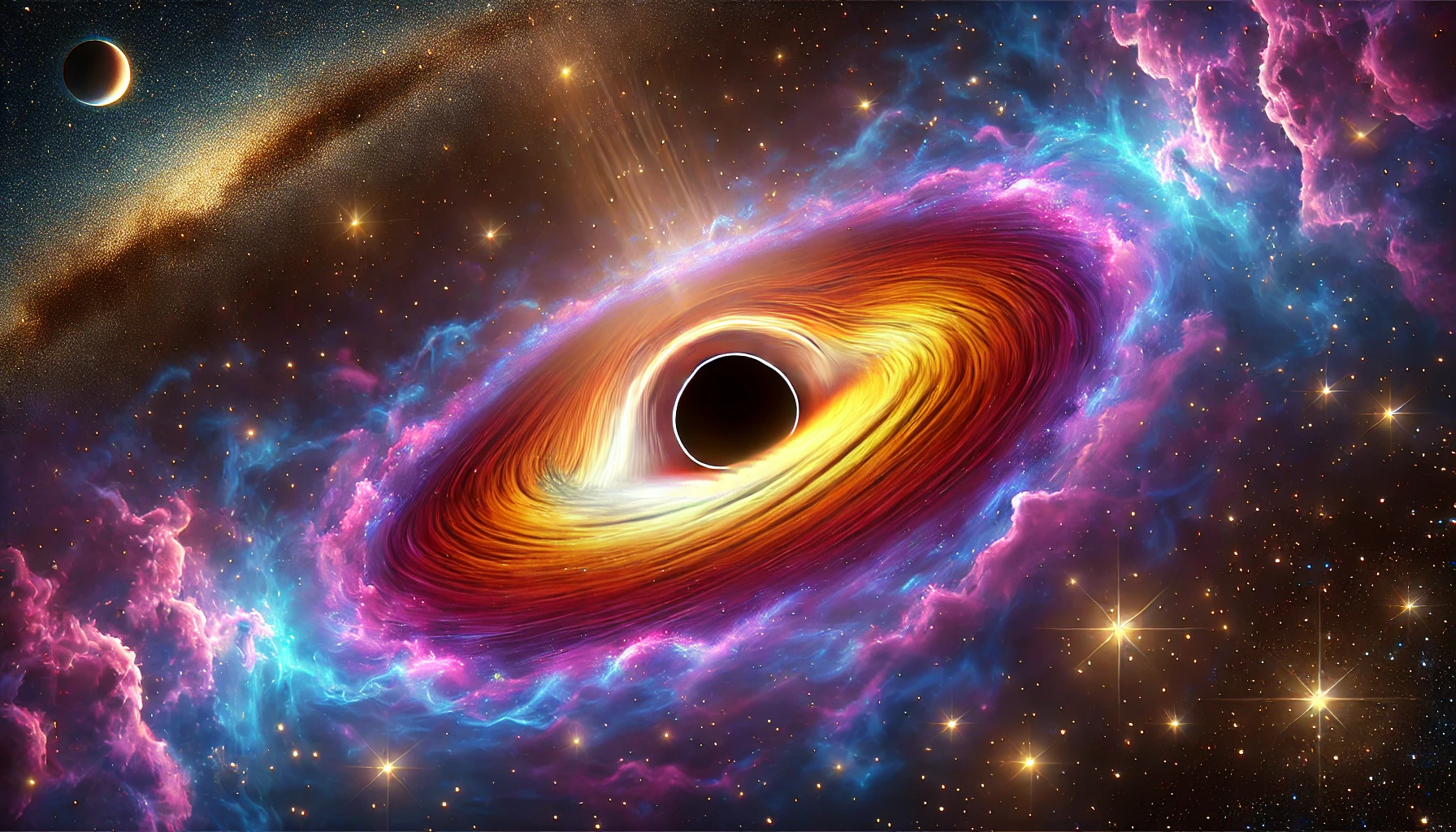



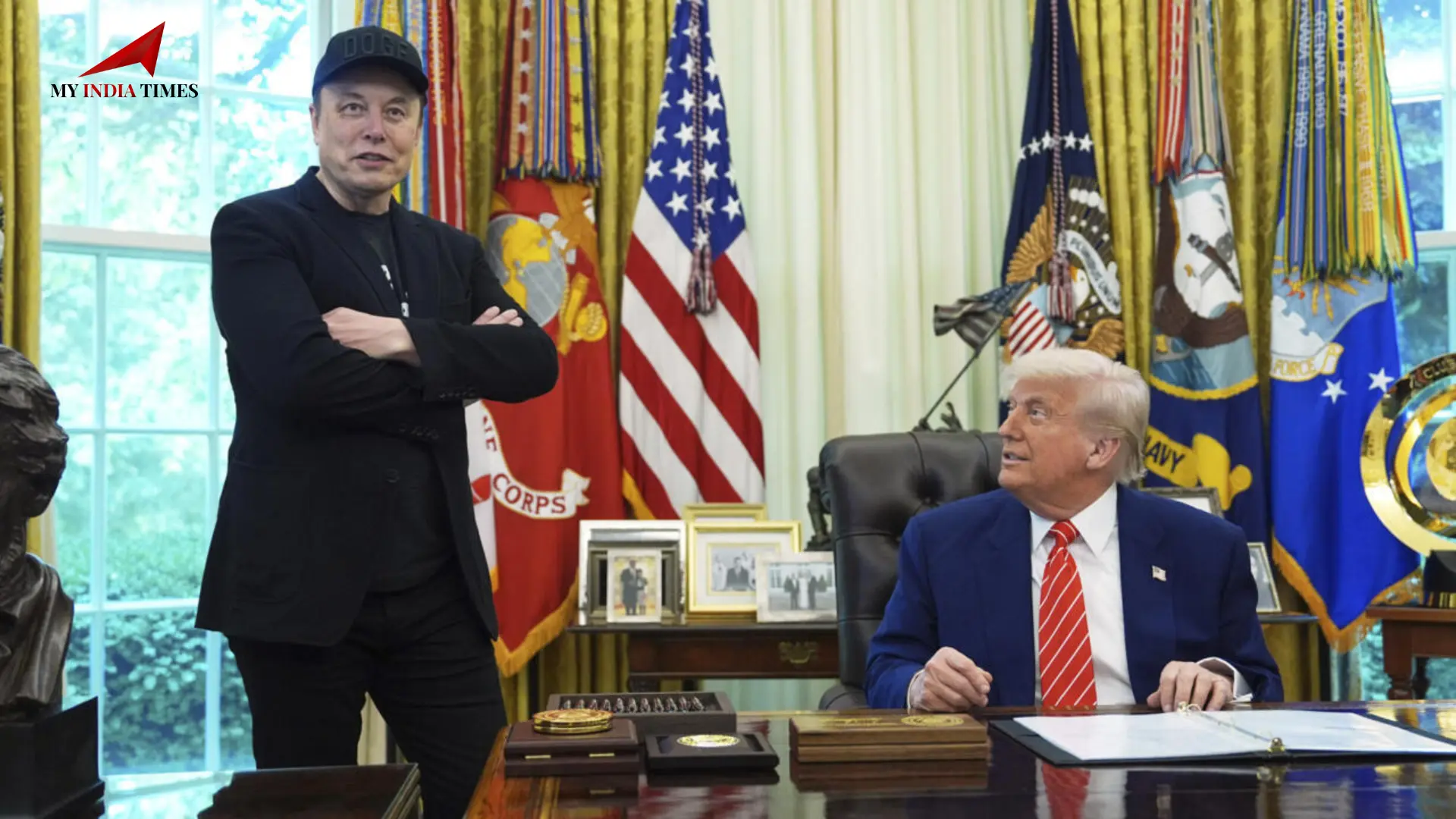



















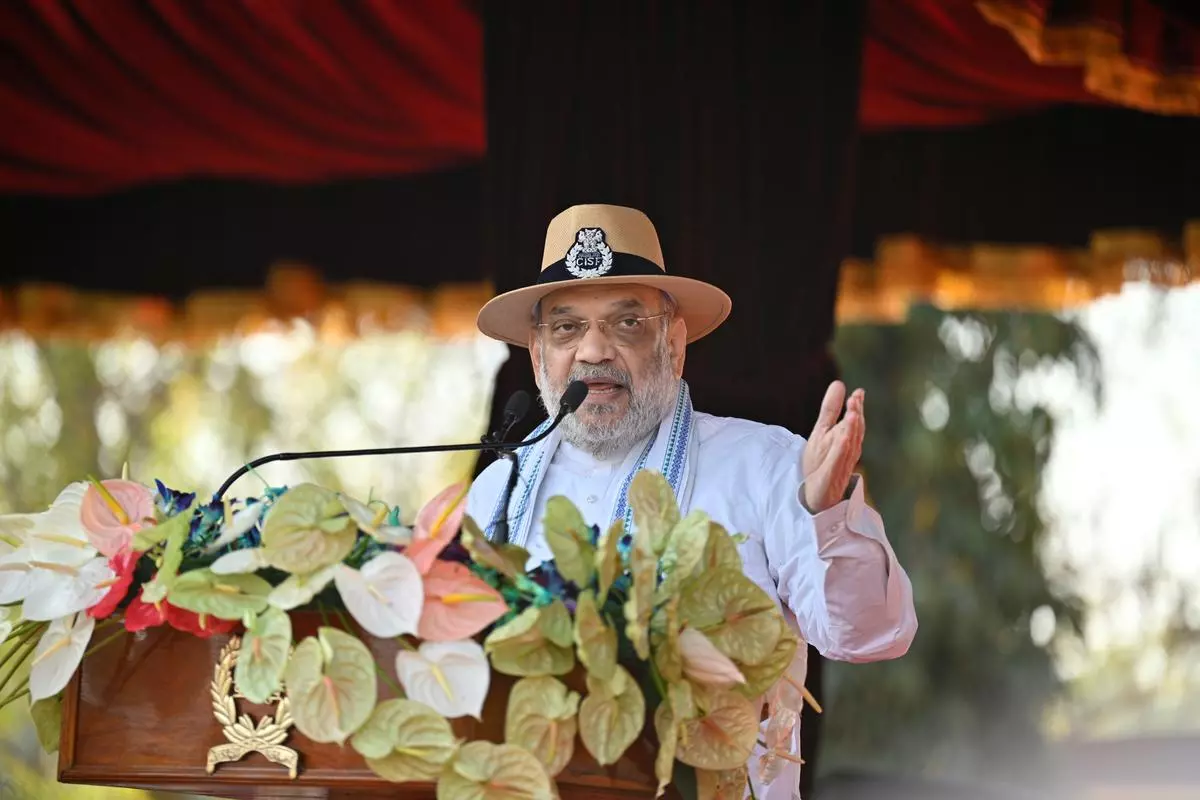



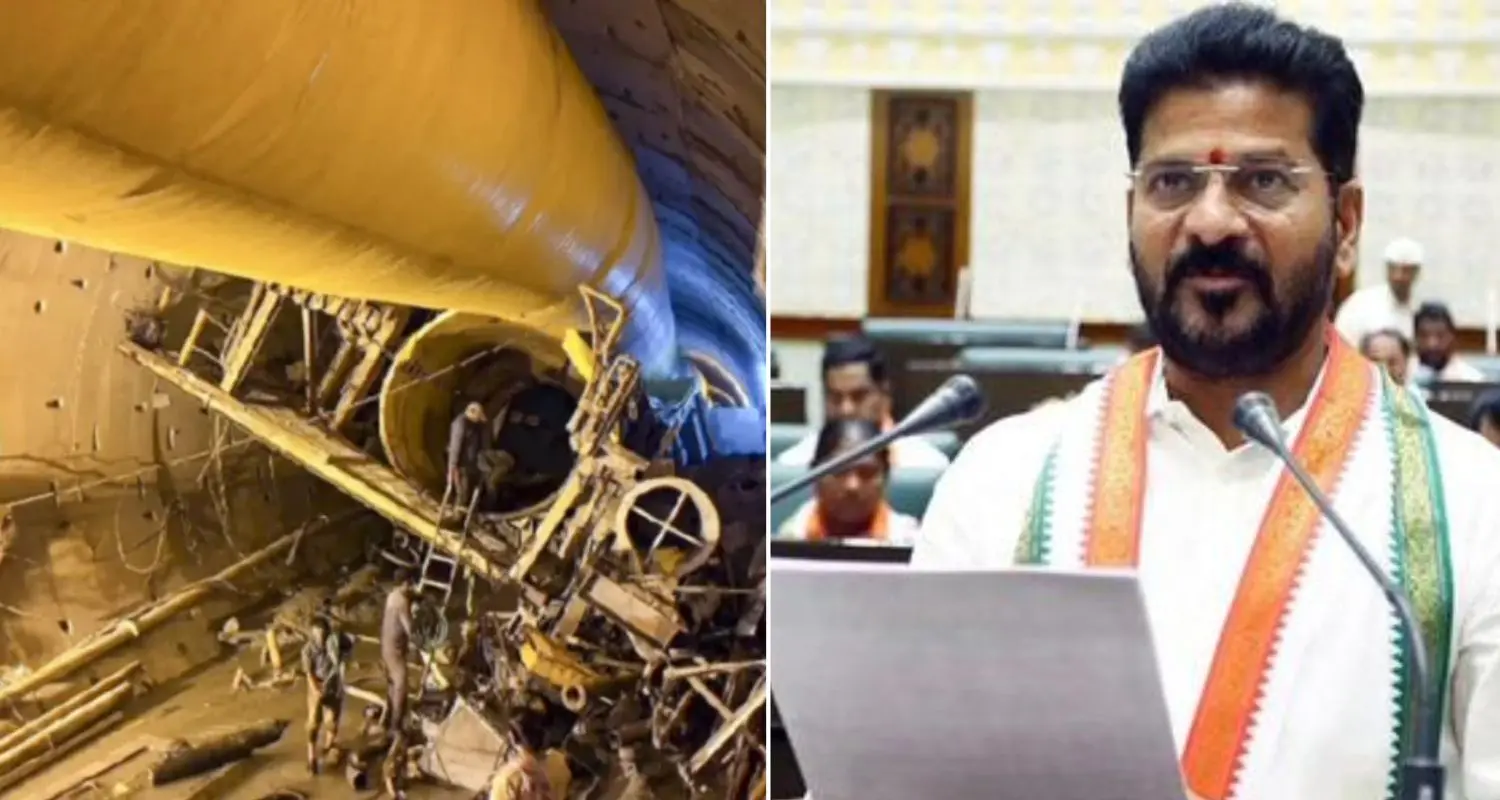

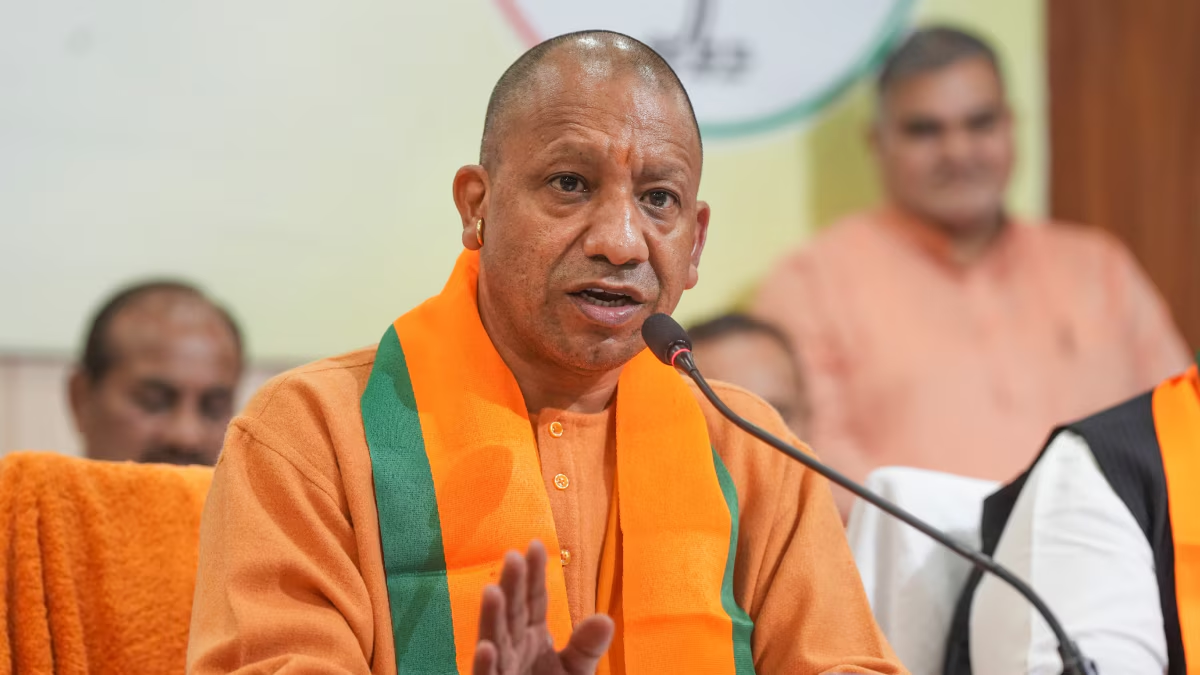














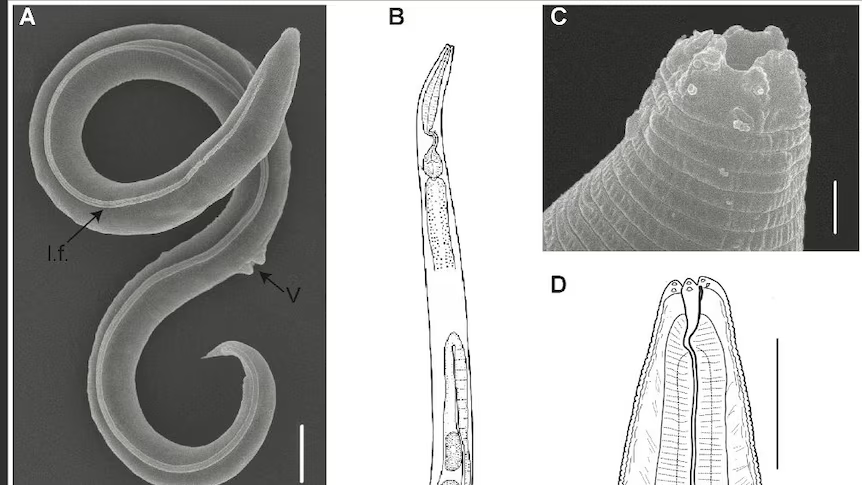


















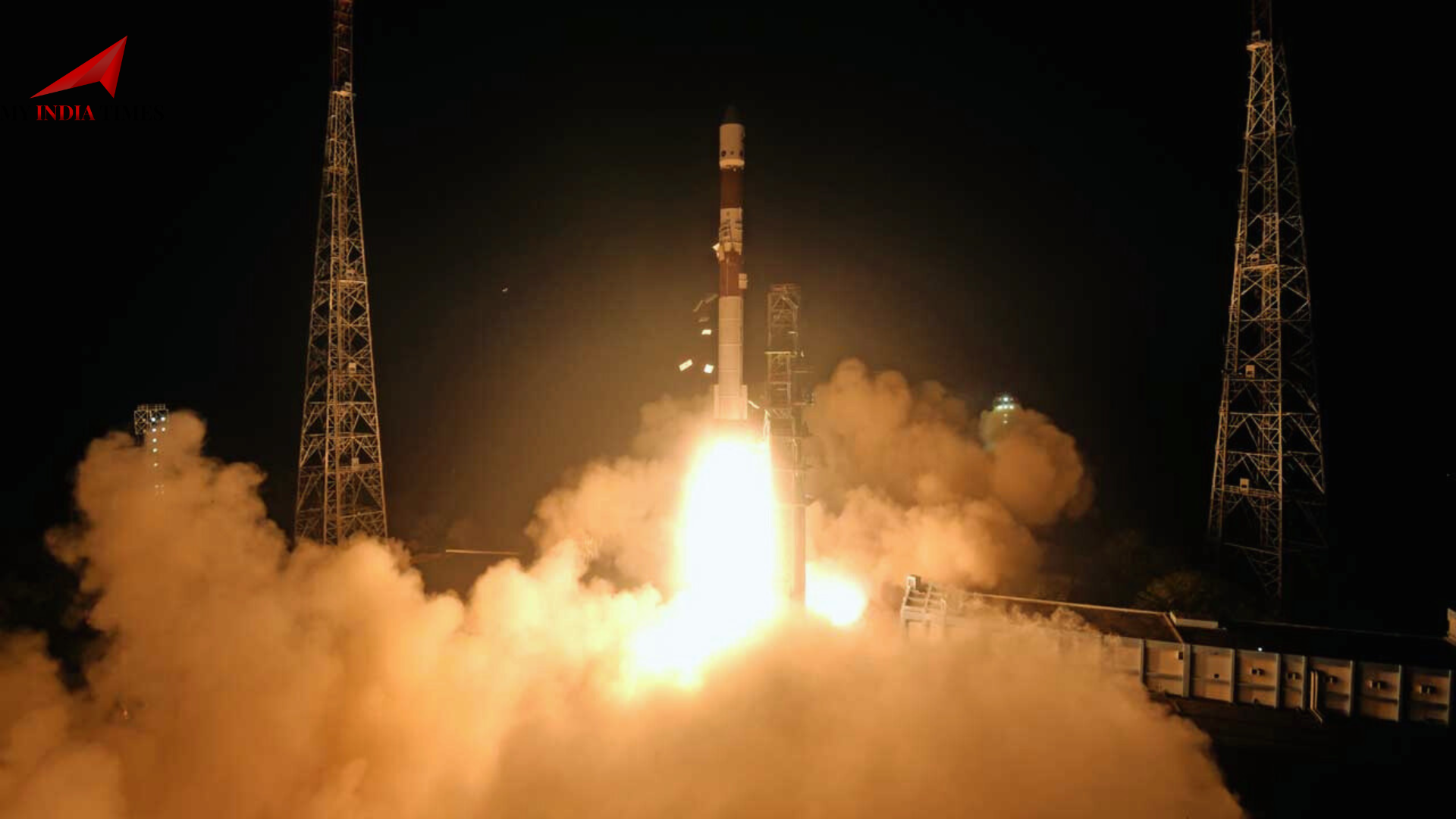















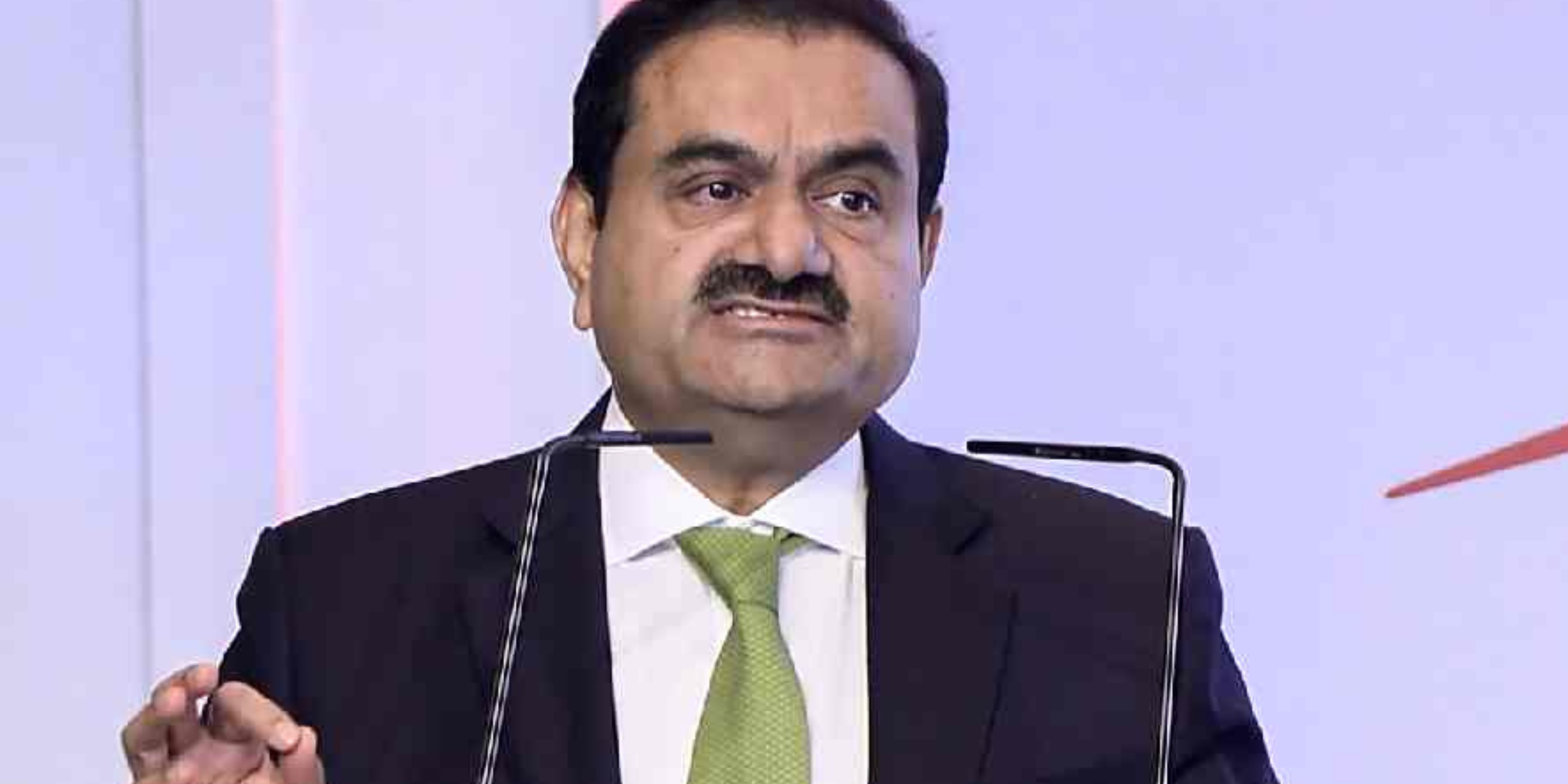











.png)
 (1).png)





